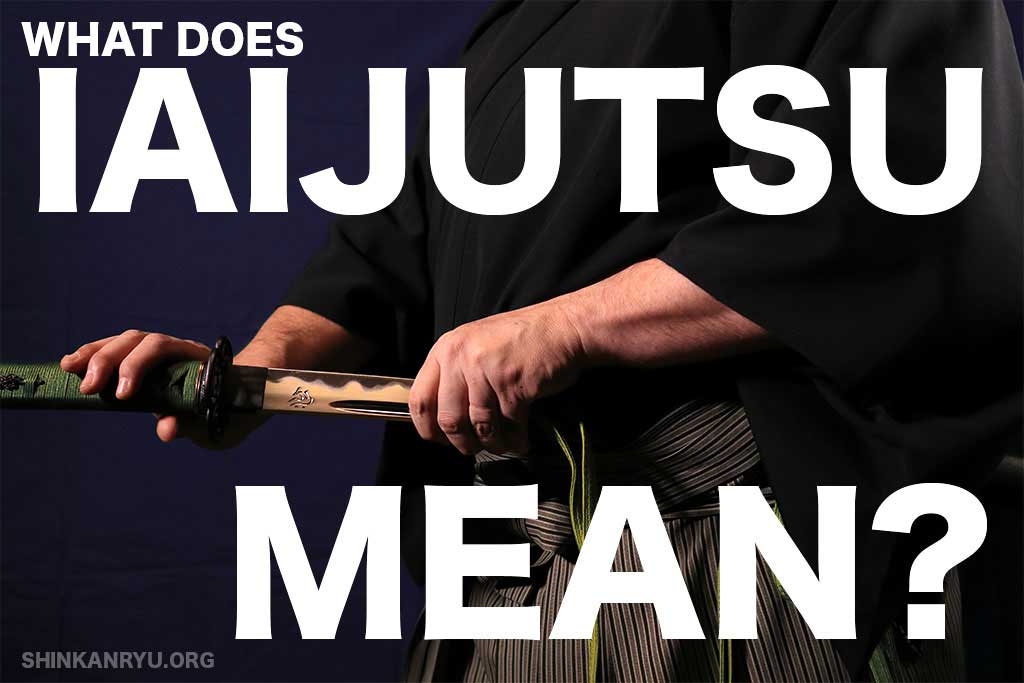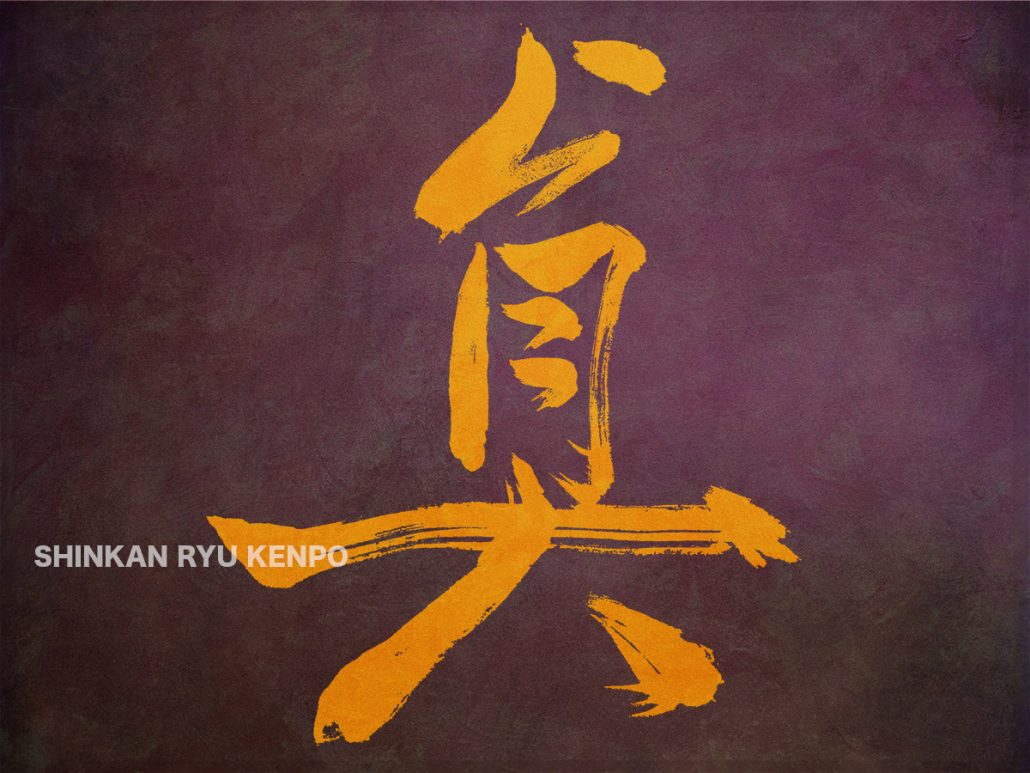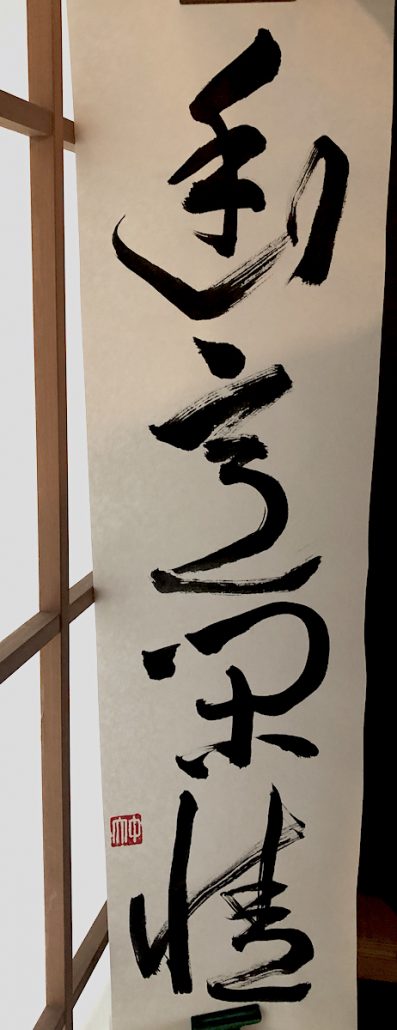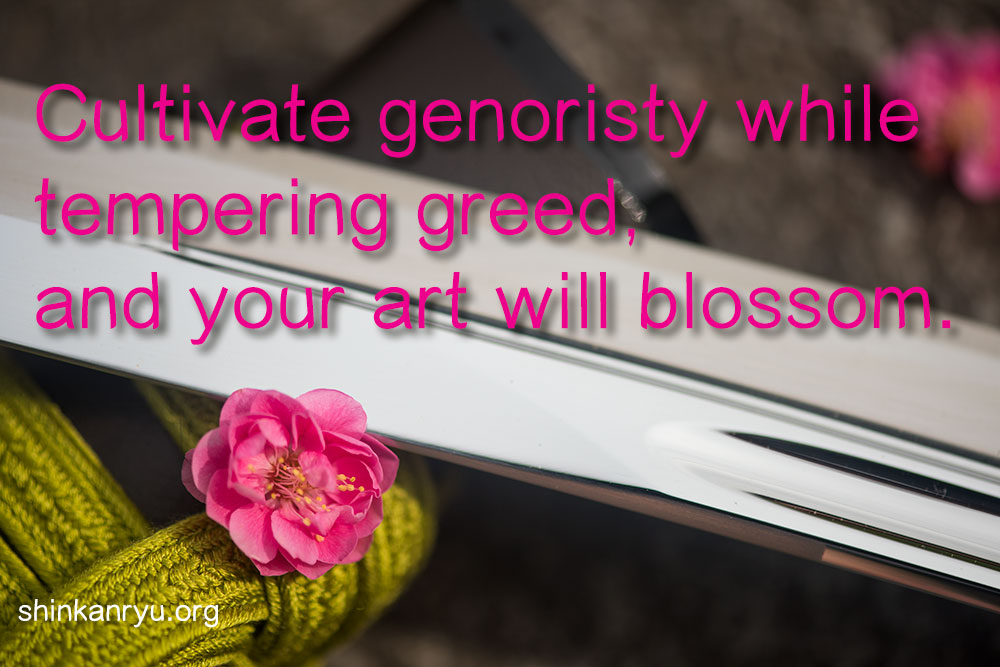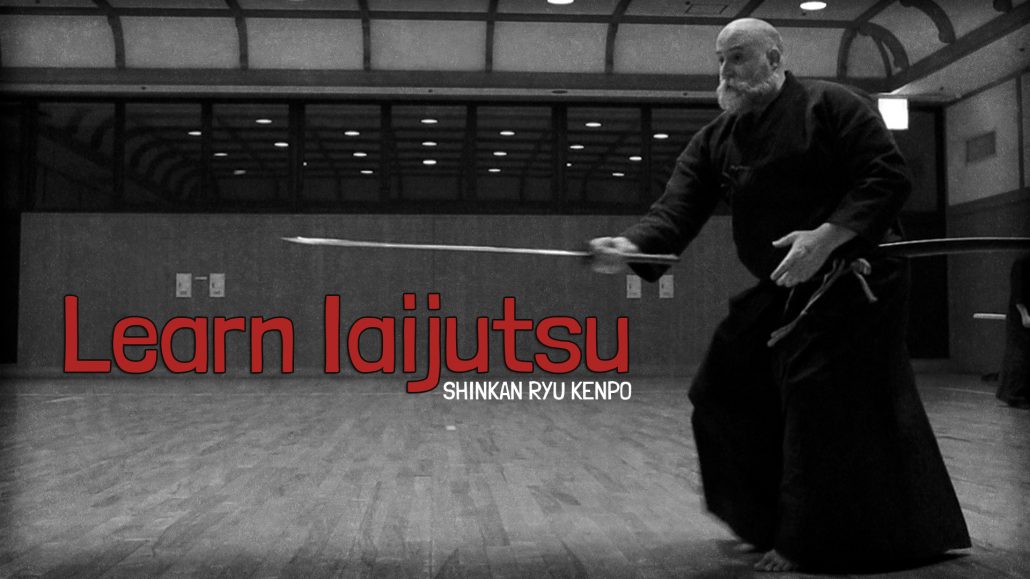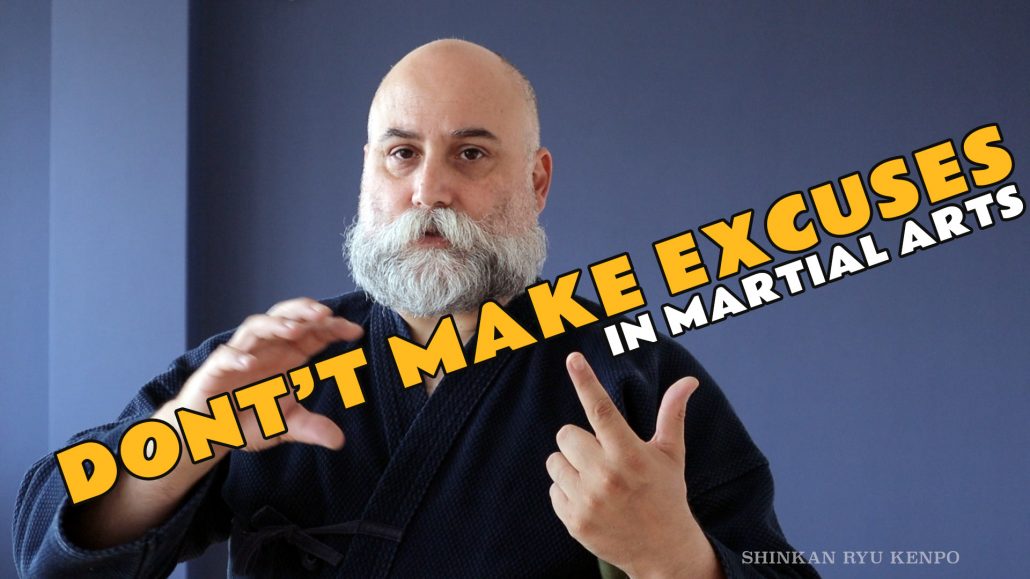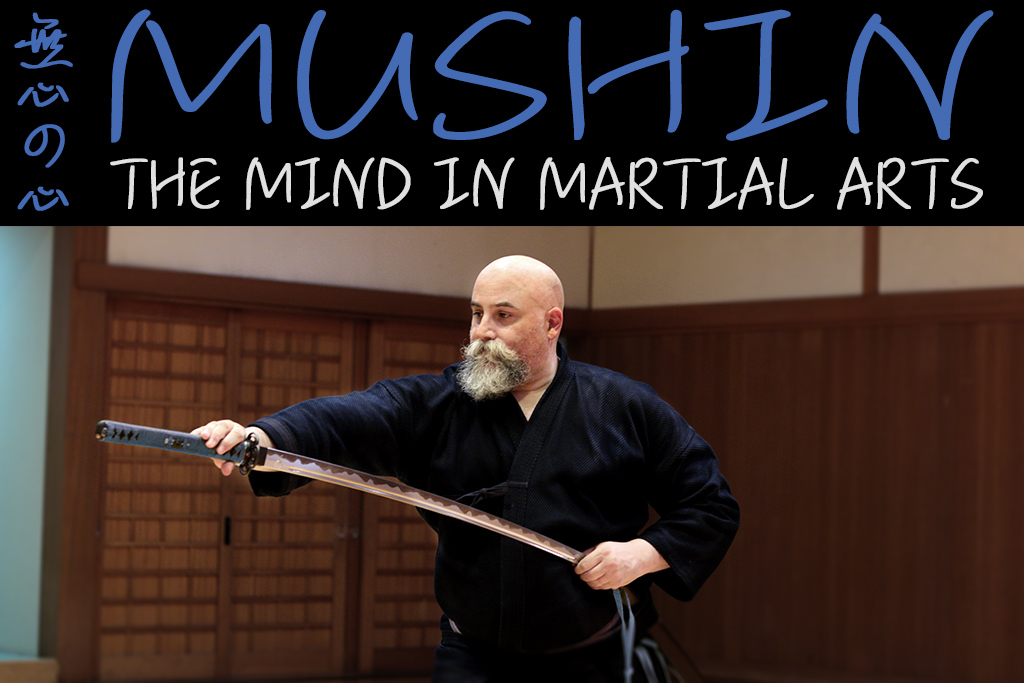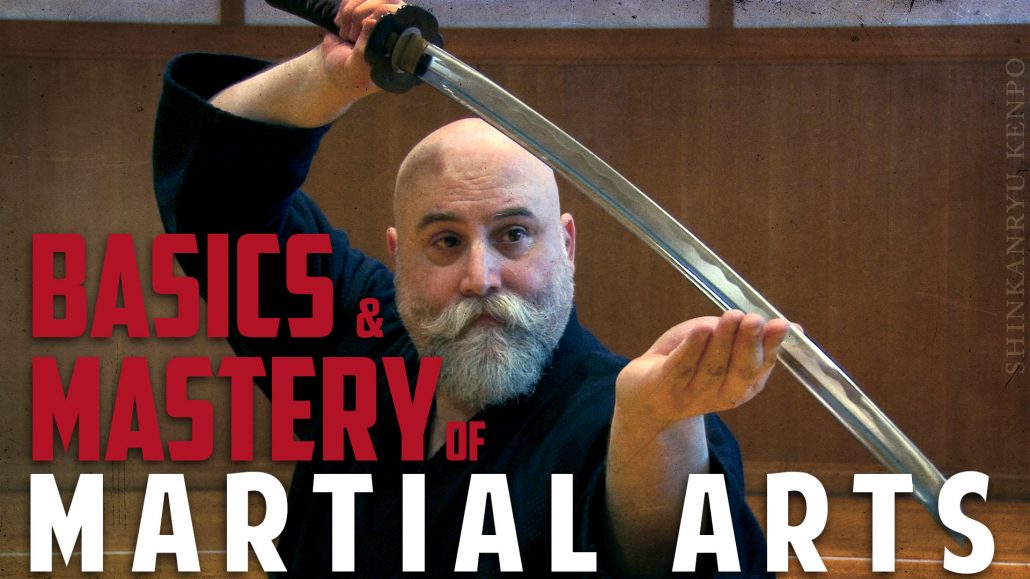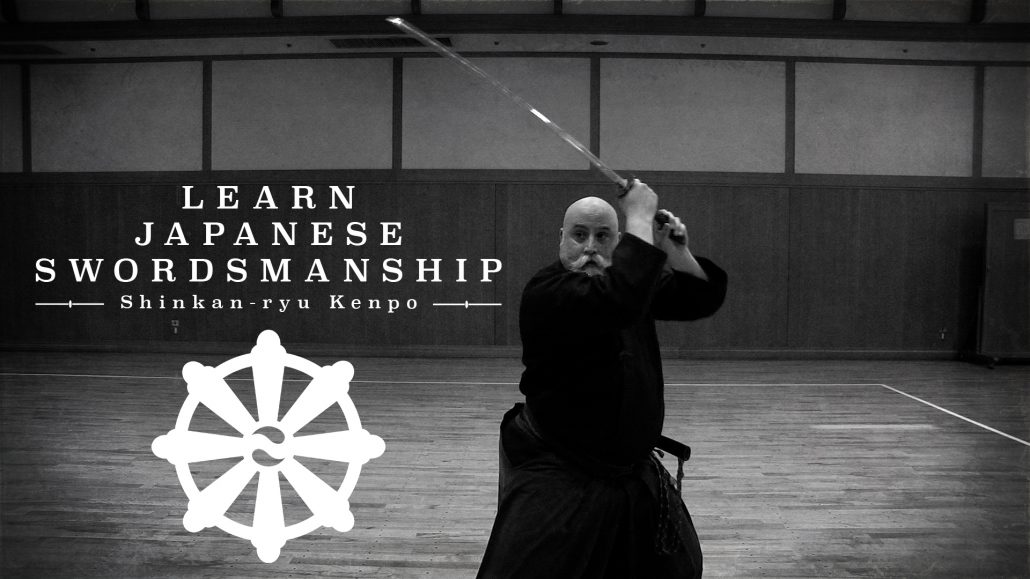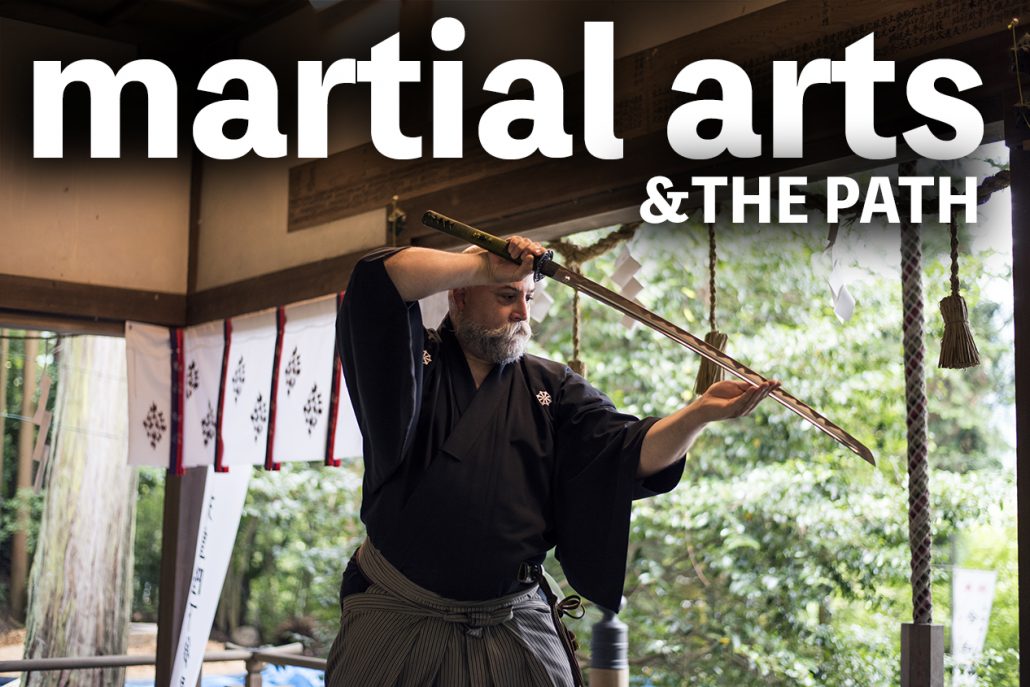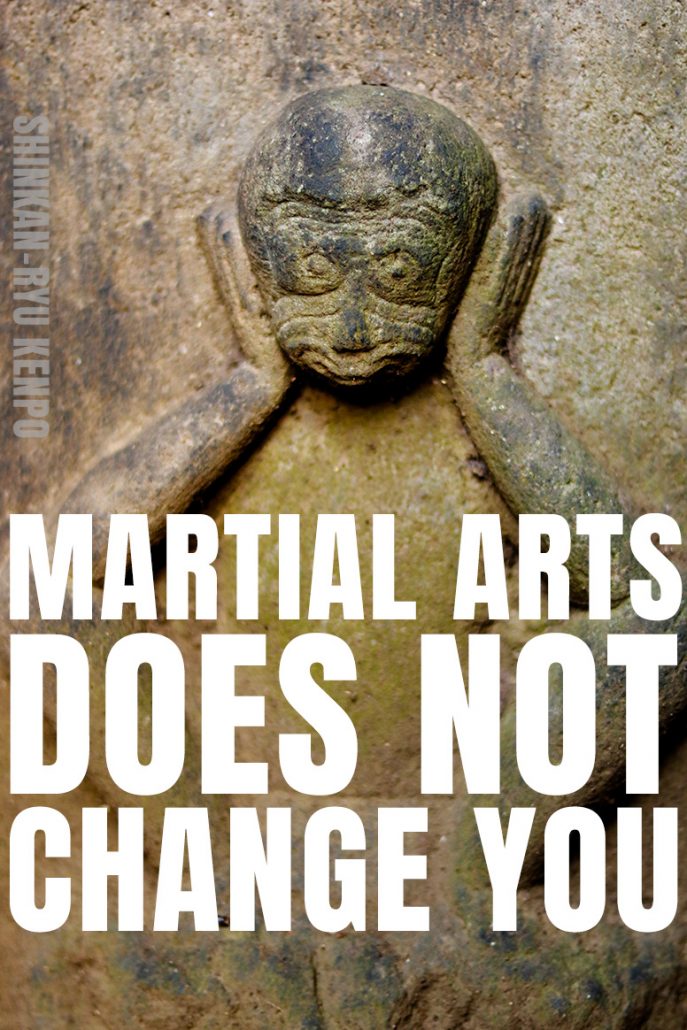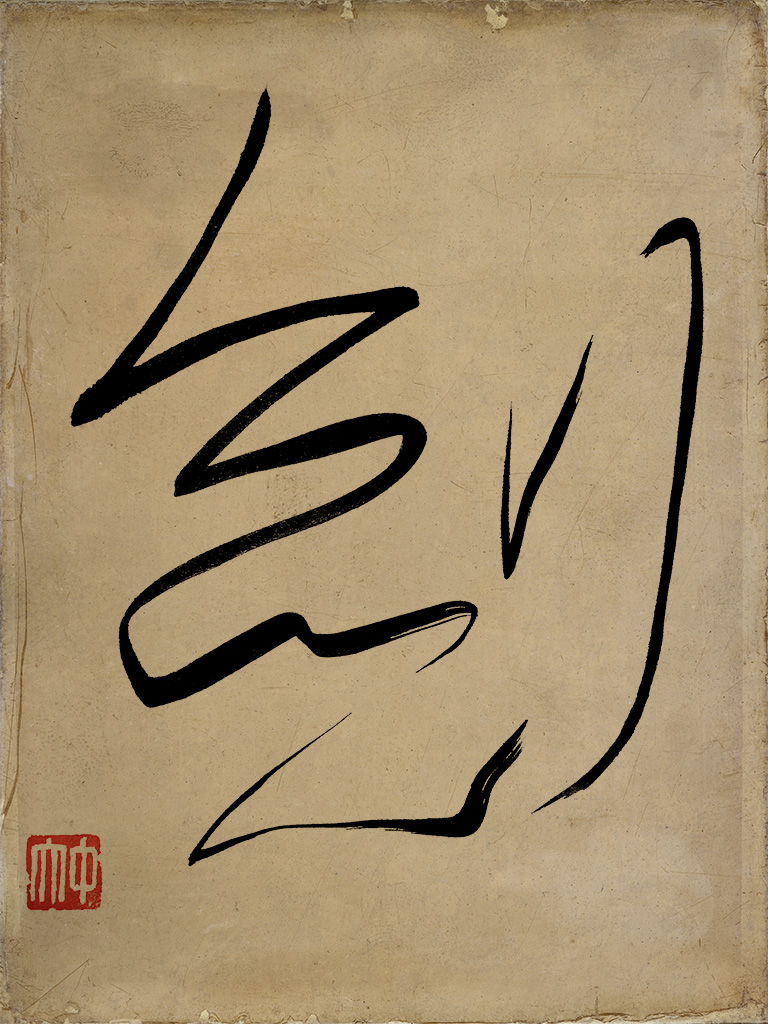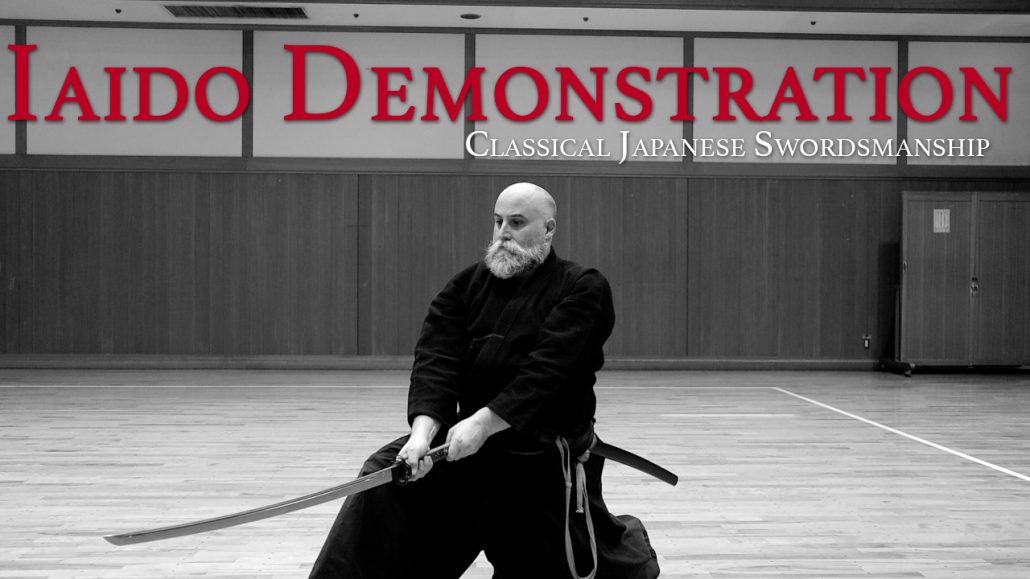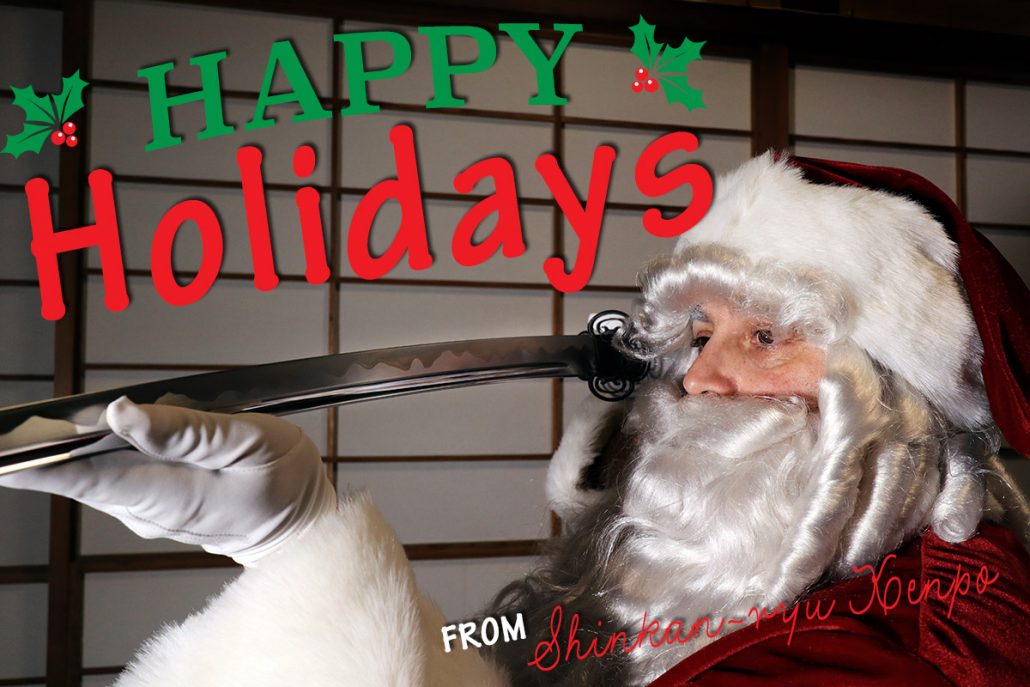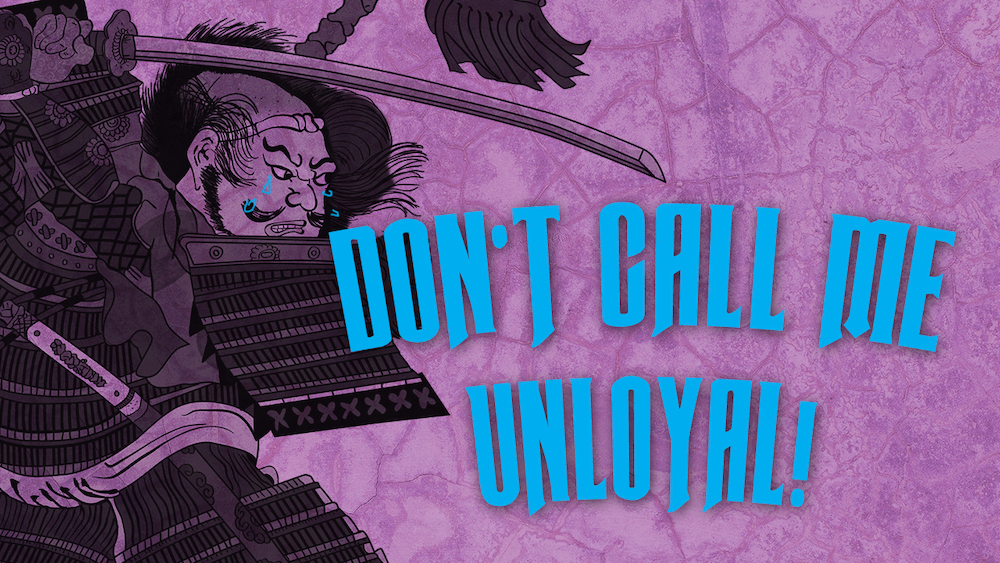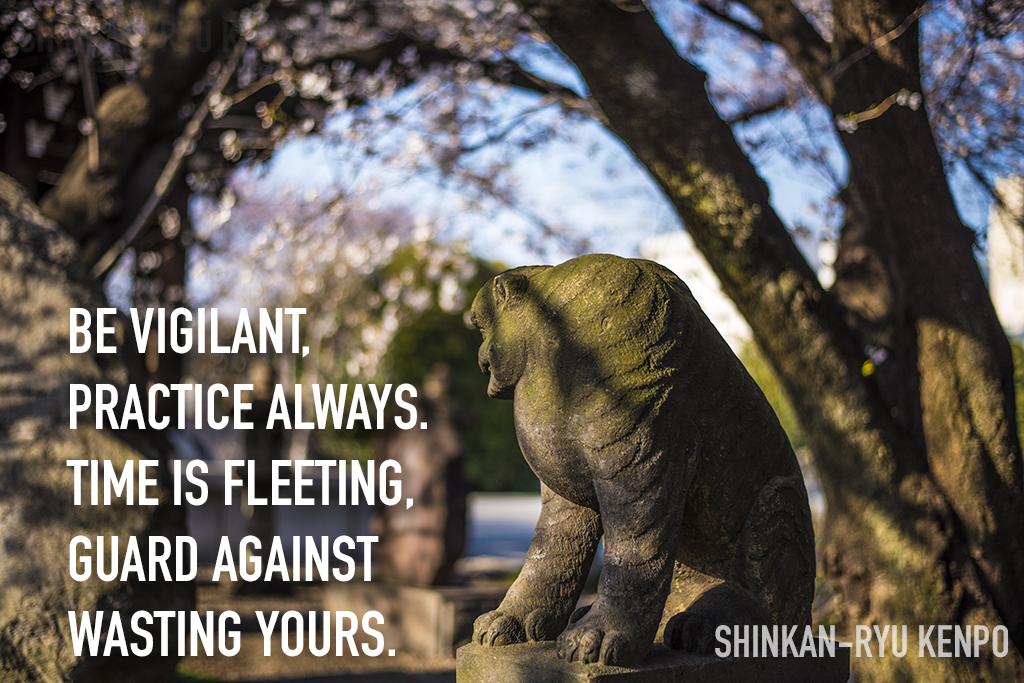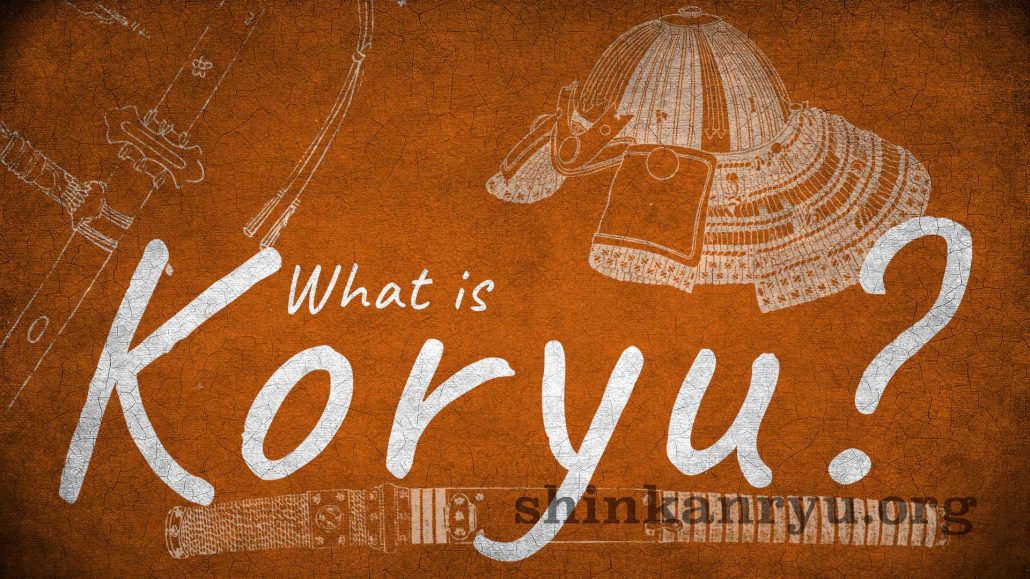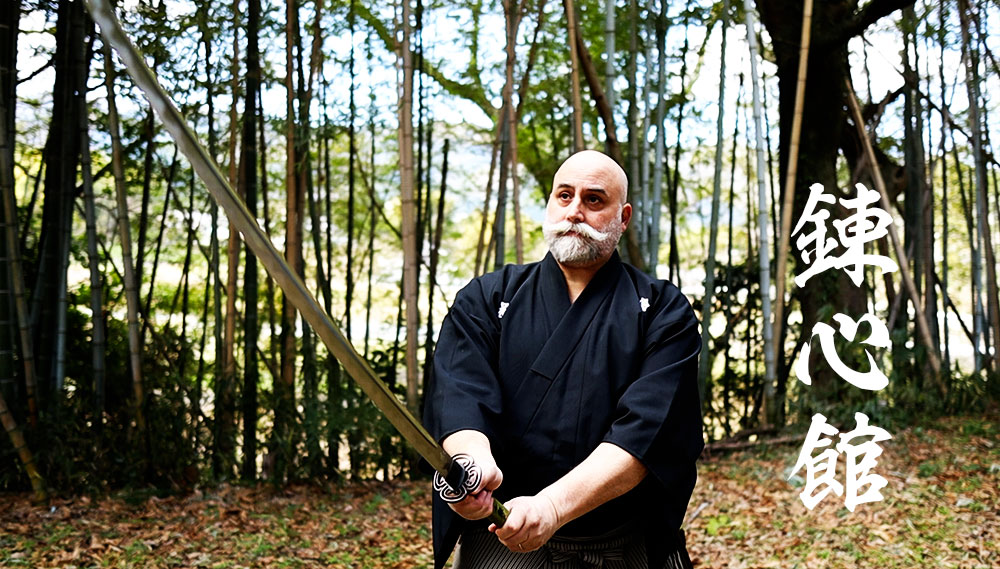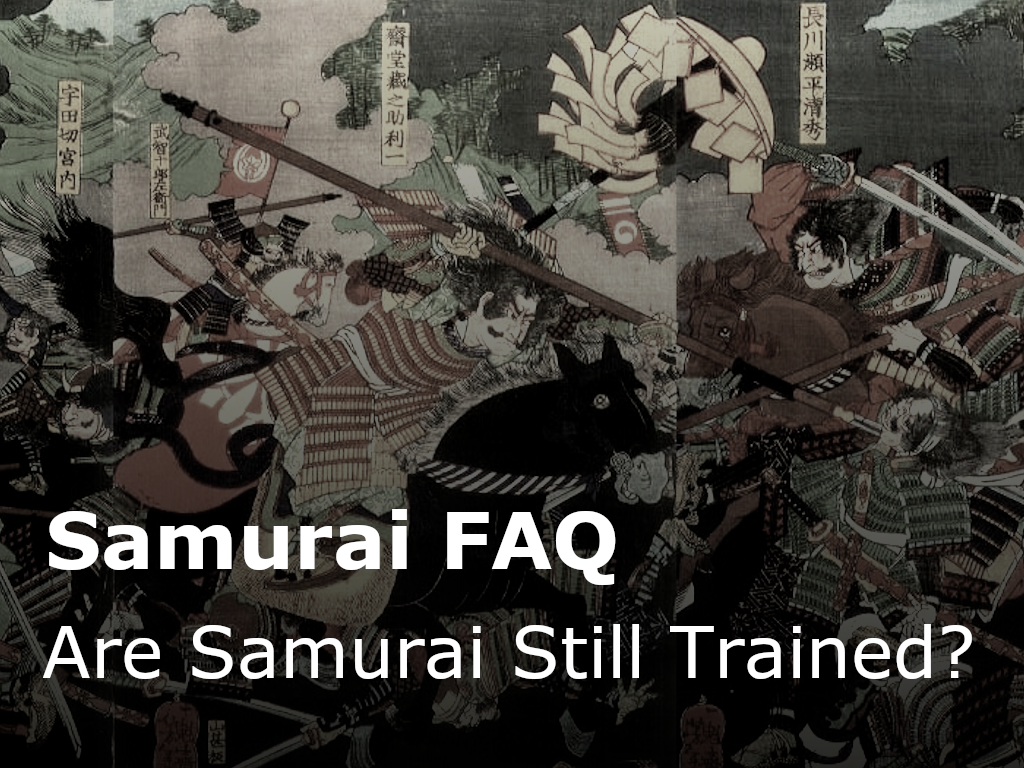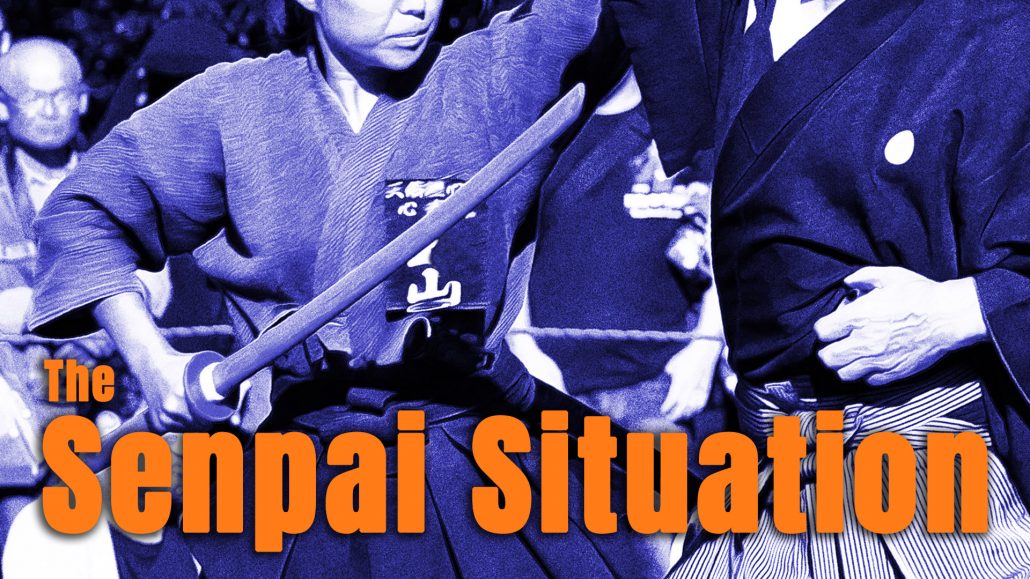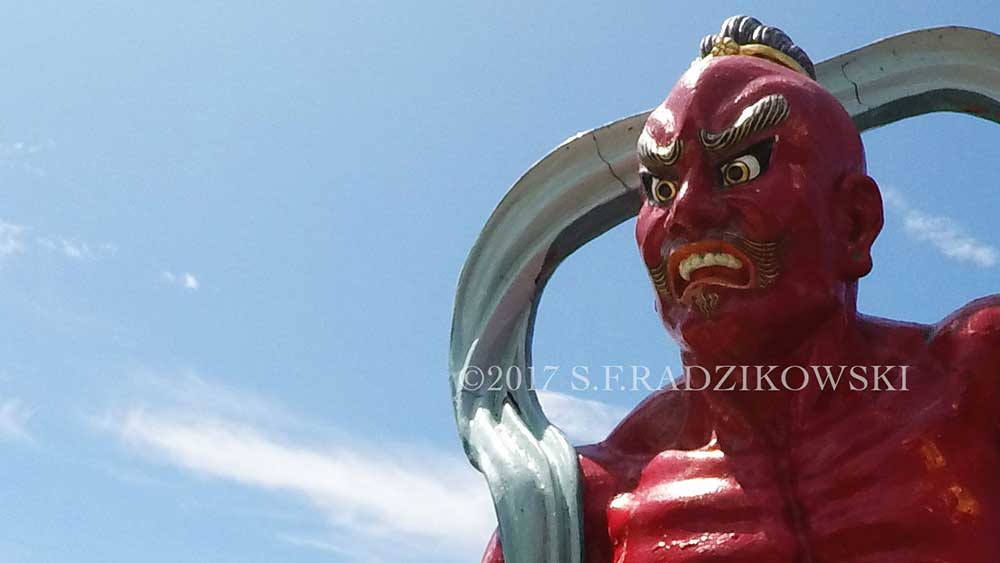Iaijutsu and iaido are components of kenjutsu 剣術, the arts of the sword. Iaijutsu, iaido are specific techniques used to draw the sword from the saya (sheath). It is also called battōdō or battōjutsu抜刀術.
The suffix of jutsu 術 means techniques or the art of. Batsu 抜 or nuku means to pull. Battōjutsu means the art of pulling out the sword.
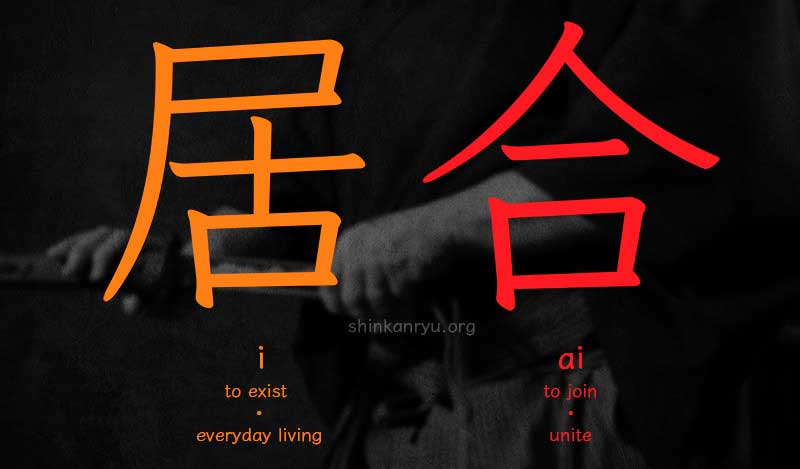
Iaijutsu, on the other hand, has a different connotation than battōjutsu. Iai 居合 is made up of two characters, the first I 居. This character means to be or exist and also has a broader meaning of sitting. The second character, ai 合 means to meet or unite or join.
There is no direct translation into English of Iai. The art of using the sword in everyday situations is probably the best way to think of it. Iaijutsu does not mean the seated forms solely. There is also standing, which is called tachi-iaijutsu 立居合術.
Origin

No single person can claim the title of the creator of iaijutsu. Although bushi such as Iizasa Choisai Ienao of Tenshin Shōden Katori Sintō-ryū (14th Century) and Hayashizaki Jinsuke Shigenobu of Shin Musō Hayashizaki Ryū (16th Century) significantly contributed to its spread and popularity within koryū.
Iaijutsu and iaidō are done from various postures from seated to standing. Although the character 居 has the older meaning of sitting, iaijutsu contains the feeling of being at "rest" in a non-battlefield situation and is more relating to that of everyday life. Sitting in a meeting, or having a meal or being served tea, etc. etc. Walking down the street is a part of this "existing in everyday life" idea.
Iaijutsu is concerned with the art of using the sword from its rested position in the saya. The person studying iaijutsu learns to deploy the sword for somewhat defensive purposes. In Japanese swordsmanship, these defensive techniques also include acts of getting the sword out to attack as well. Iaijutsu is not purely defensive action. Methods for stealthy or covert attacks are also included in many systems of iaijutsu and iaido.
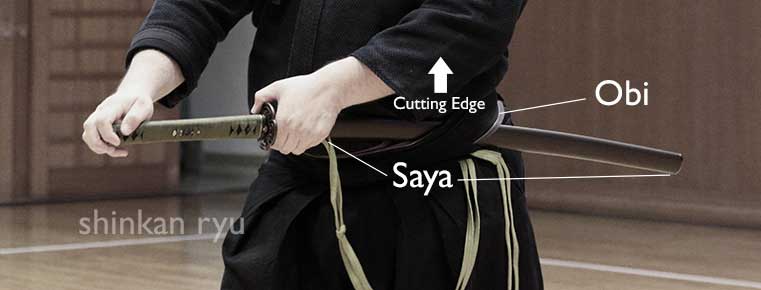
In general, the sword is worn through the obi (belt) with the cutting edge facing up. Starting around the sixteenth century the sword was easily worn through the obi and hakama since many more samurai were not dressed in armor. The sword placed in the obi and straps of the hakama became normal usage. Earlier the sword was worn in a method known as tachi. It with the cutting edge facing downwards. It was suspended by two cords affixed to the saya. It hung much lower than the more modern version of it being in the obi. Having the cutting edge face down in tachi style also puts the handle at a convenient level to draw the sword. Wearing the sword in the obi with the cutting edge facing downwards creates an awkward method of drawing.
The swords (tachi) had also changed more into the katana we know today. The advent of a change in political climate, wardrobe, and utensils such as the uchigatana and katana paved the way for the advent of iaijutsu. The samurai needed a method to use the sword in a different environment.
Forms
Iaijutsu and iaido are done from crouched (iaigoshi), kneeling or semi-sitting (tatehiza), formal sitting (seiza), regular sitting (agura) and standing (tachi) postures. The sword might be in the obi, or it might be on the floor to either side of the practitioner. It might also be done carrying the sword in one hand. There is a myriad of ways different schools approach the art iaijutsu in swordsmanship. The handle (tsuka) and sheath (saya) and sword guard (tsuba) are also used as weapons in some schools in their iaijutsu techniques (waza). Iaijutsu can also contain grappling within its techniques. It is not uncommon to use a kick or a punch or joint locks within the iaijutsu techniques.
©2018 S.F.Radzikowski

ラジカスキー真照
館長Saneteru Radzikowski is the head sword instructor of Shinkan-ryū Kenpō. He lives and teaches Iaijutsu and Kenjutsu from Nara, Japan.
Bujutsu Truth
Be honest. Move with the truth and discard the lies and false facades. Leave them...
A Lesson Of The Brush & Budō
Today during shodo practice I wrote this. Our minds as the top of...
Greed And Martial Arts
We must endeavor to cultivate generosity while looking at the roots of our greed. Removing...
Iaido Tachi & Seiza Waza
Demonstrations of unique iaijutsu and complimentary techniques between standing and sitting.
Making Excuses In Martial Arts
In the dojo, when I hear a student offer excuses to a teacher, I can...
What Does Iaido & Iaijutsu Mean?
Iaijutsu and iaido are components of kenjutsu 剣術, the arts of the sword. Iaijutsu, iaido...
Mushin State of No Mind In Martial Arts
I would like to express my thoughts on the concept of mushin no shin —...
Mastering The Martial Arts and Basics
I will be talking about basics and mastery. Before I begin, I want to say...
Learning Iaido Online: The Japanese Art of the Sword
Learning Iaido online is a wonderful challenge. Iaido or Iaijutsu can be deceptively simple in its...
Martial Arts and The Path: Strive for the truth
If you study the way and path 道, then you should understand the truth correctly....
Martial Arts Doesn’t Change You Into A Hero
Joe is a bit of a jerk.Joe joins a dojo.Joe practices martial arts for 12...
A Disease of the Swordsman
The Sword and its study. Hesitation (doubt) is one of the four diseases in swordsmanship....
Tachi Iai & Suwari Iai Demonstrations
[fusion_builder_container hundred_percent="no" hundred_percent_height="no" hundred_percent_height_scroll="no" hundred_percent_height_center_content="yes" equal_height_columns="no" menu_anchor="" hide_on_mobile="small-visibility,medium-visibility,large-visibility" status="published" publish_date="" class="" id="" background_color="" background_image="" background_position="center...
A Very Budo Christmas Happy Holidays & New Year
Happy Holidays and Happy New Year to all of you that were kind and supported...
The Samurai and unwavering loyalty
The Samurai have been portrayed in popular culture as noble and faithful warriors who strictly...
Practice. Time Is Fleeting
In #budo as well as life, in general, we should avoid wasting time. We need...
What is Koryū?
Japanese martial arts are usually defined in two groups. Pre-modern and modern. There are no...
Duping The Gaijin – Martial Arts Fraud
Some Japanese schools or individuals wish to capitalize on the ignorance of non-Japanese martial artists...
6 Years of Shinkan-ryū Kenpō
Last week marked the 6th year of Shinkan-ryū Kenpō. I want to thank the faithful...
Samurai F.A.Q
Are samurai still trained in Japan? Are there samurai schools? The short answer is, No.Samurai...
What Is A Good Senpai In Budō?
I have discussed teachers and students within martial arts. The senpai-kohai relationship is just as...
Too Many Martial Arts
The koryū of Japan are not self-defense arts. Although they can be authentic and certainly...


